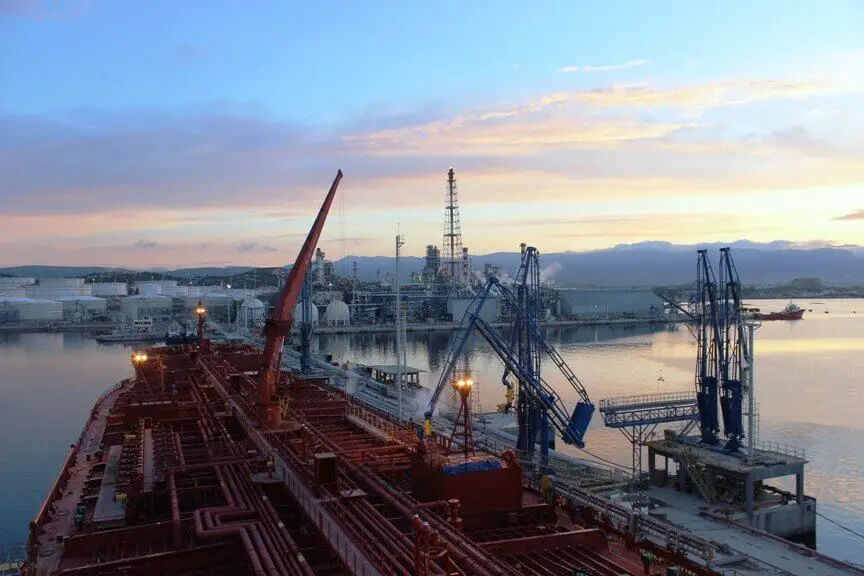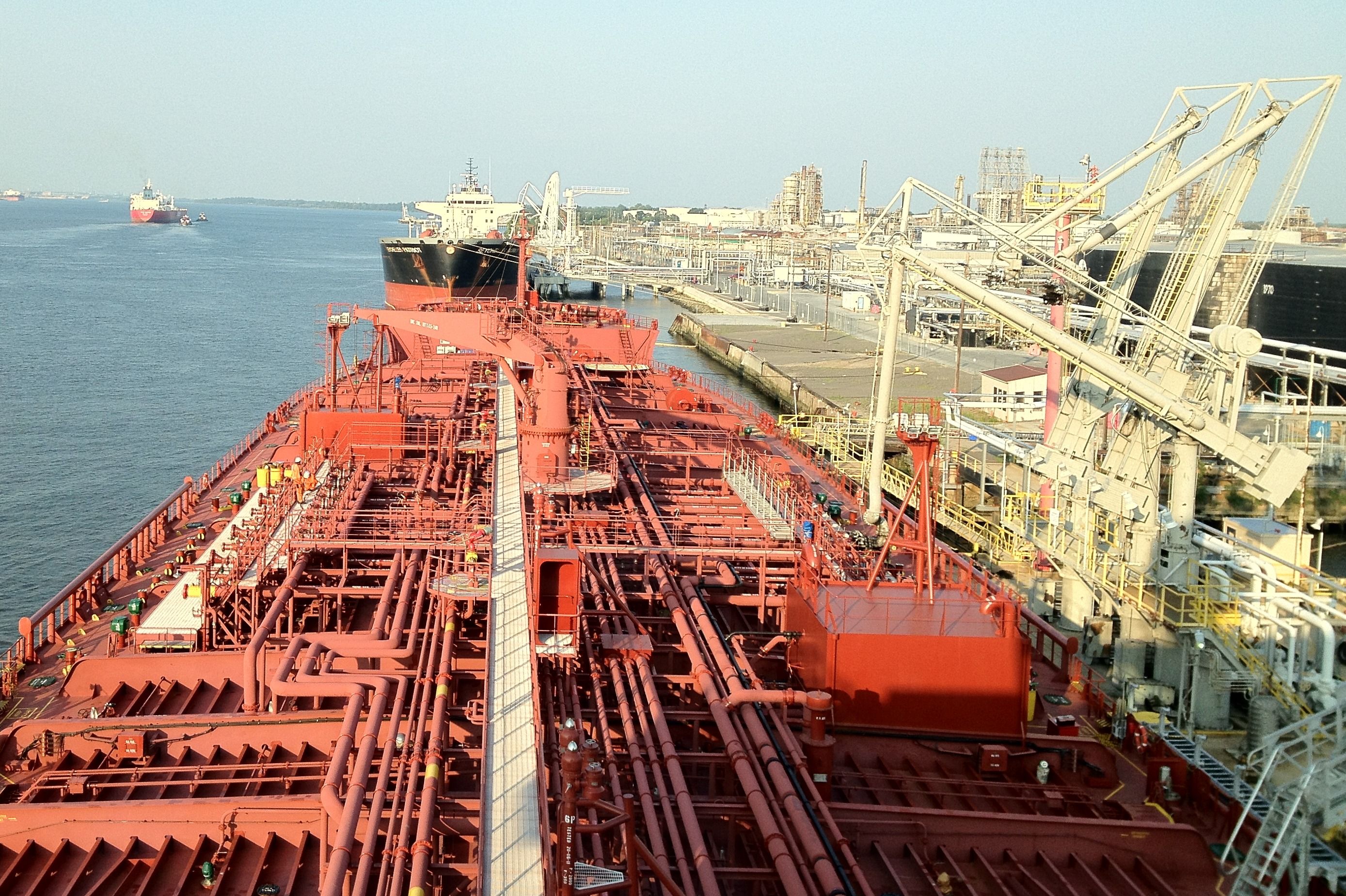Voyage Orders The vessel will usually receive voyage orders from the Charterers which will contain the following information:-Ports of loading and discharge along with draft limitations (if any) Volume / Weight to be loaded, grade or grades and Densities involved Special requirements of cargo – e.g. heating Special properties of cargo – e.g. H2SPlanning Cargo Stowage The following factors are to be considered when planning stowage of cargo as applicable:The limiting load line zone of the loaded passage and the port of destination. Draft restrictions during the … [Read more...]
OIL TANKER OPERATIONS (Loading) – Conventional Tanker Basics
Good planning is the hallmark of efficient tanker operations. Before a tanker approaches port, there are several factors that must be considered:Testing of cargo/ballast valves, sea valves, pipelines, pumps, inert gas systems, emergency stops. Preparedness of fire-fighting, life-saving and anti-pollution equipment. A pollution drill held before a ship arrives in port will serve the purpose of checking ail equipment. Any response during an emergency will be good since a drill had been executed recently. Preparation of tanks, including readiness of slop tanks. Planning for proper … [Read more...]

